Ring will be stepping up its efforts to make its security products secure for users by enabling end-to-end video encryption later this year. The company will be providing this toggle in a new page in tits app’s Control Center, which will provide more information about Ring’s current encryption practices, and measures to keep user video secure, until the end-to-end encryption feature goes live. Ring is also taking the covers off a range of new devices today – including its first drone – but Ring CEO and founder Jamie Siminoff says that this new security measure could actually make the biggest difference to its customers.
“[End-to-end encryption] could be our most important product that we’re sort of putting out there, because security and privacy, and user control are foundational to Ring, and continuing to push those further than even the industry, and really even pushing the res of the industry, is something I think that we have a responsibility to do.”
Siminoff also points to Ring’s introduction of mandatory two-factor authentication earlier this year as something that’s above and beyond the standard across the industry. I asked him them why not make end-to-end encryption for video on by default, with an opt-out option instead if users feel strongly that they don’t want to take part.
“Privacy, as you know, is really individualized – we see people have different needs,” he said. Just one example for end-to-end, is thatwhen you enable it, you cannot use your Alexa to say ‘Show me who’s at the front door,’ because of the physics of locking down to an end-to-end key. As soon as you do something like that, it would actually break what you’re trying to achieve. So it really is something that is optional, because it doesn’t fit every user in terms of the way in which they want to use the product. But there are some users that really do want this type of security – so I think what you’re going to see from us in the future, and I hope the industry as well, is just really allowing people to dial in the security that they want, and having transparency, which is also with the Video Control Center that we’ve launched today to provide you with the knowledge of what’s happening with your data, in this case with Ring videos.”
Overall, Siminoff said that the company hopes through all of its products, to be able to provide its users to build the system that they want to use, its the way that they want to use it. The Alway Home Cam drone, he points out, is another expression of that, since it provides the potential to monitor every room in your home – but also the ability to be selective about when and where.
“I think it’s just about building the options to allow people to use technology – but use it comfortably, understand it, and control it,” he said.


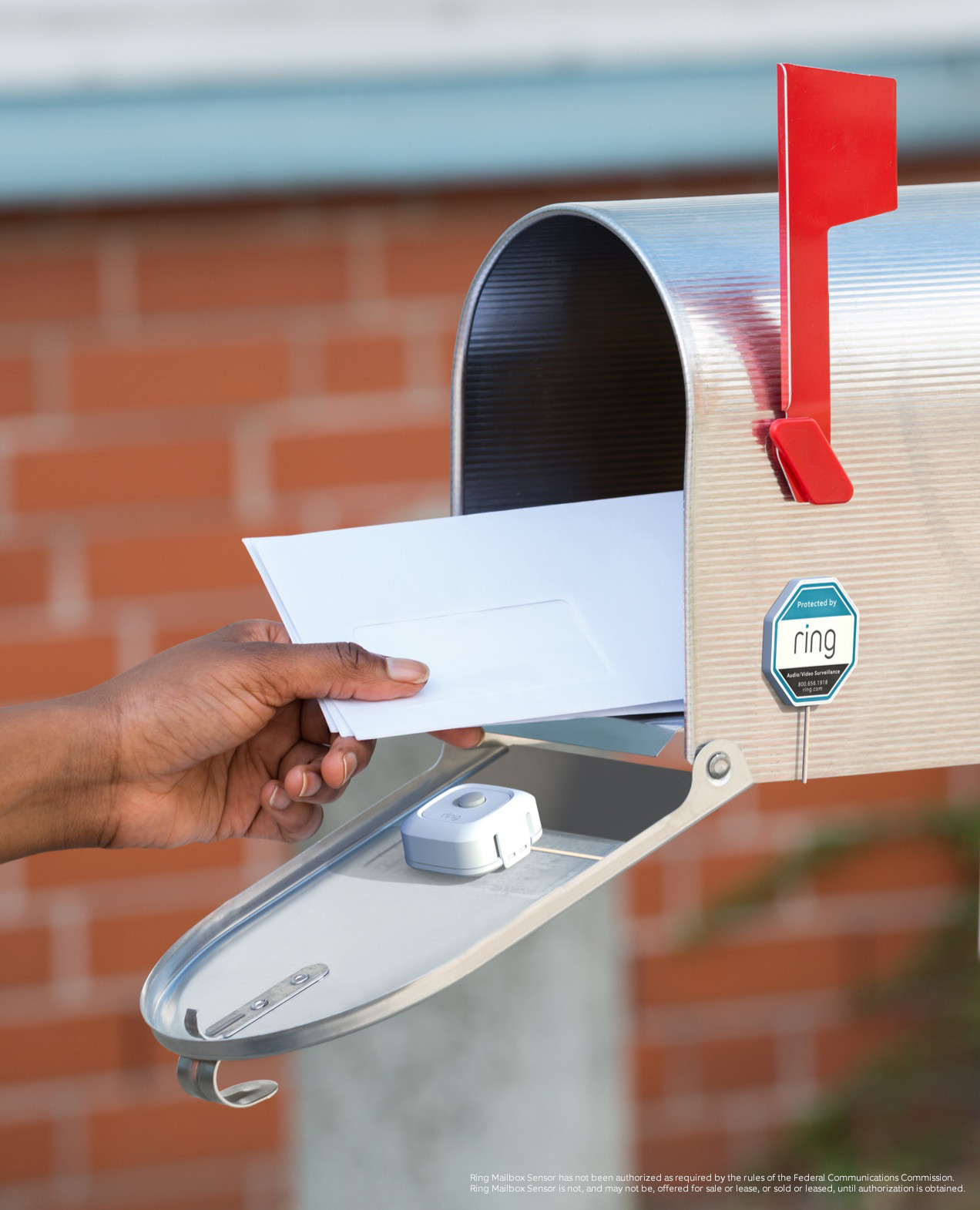
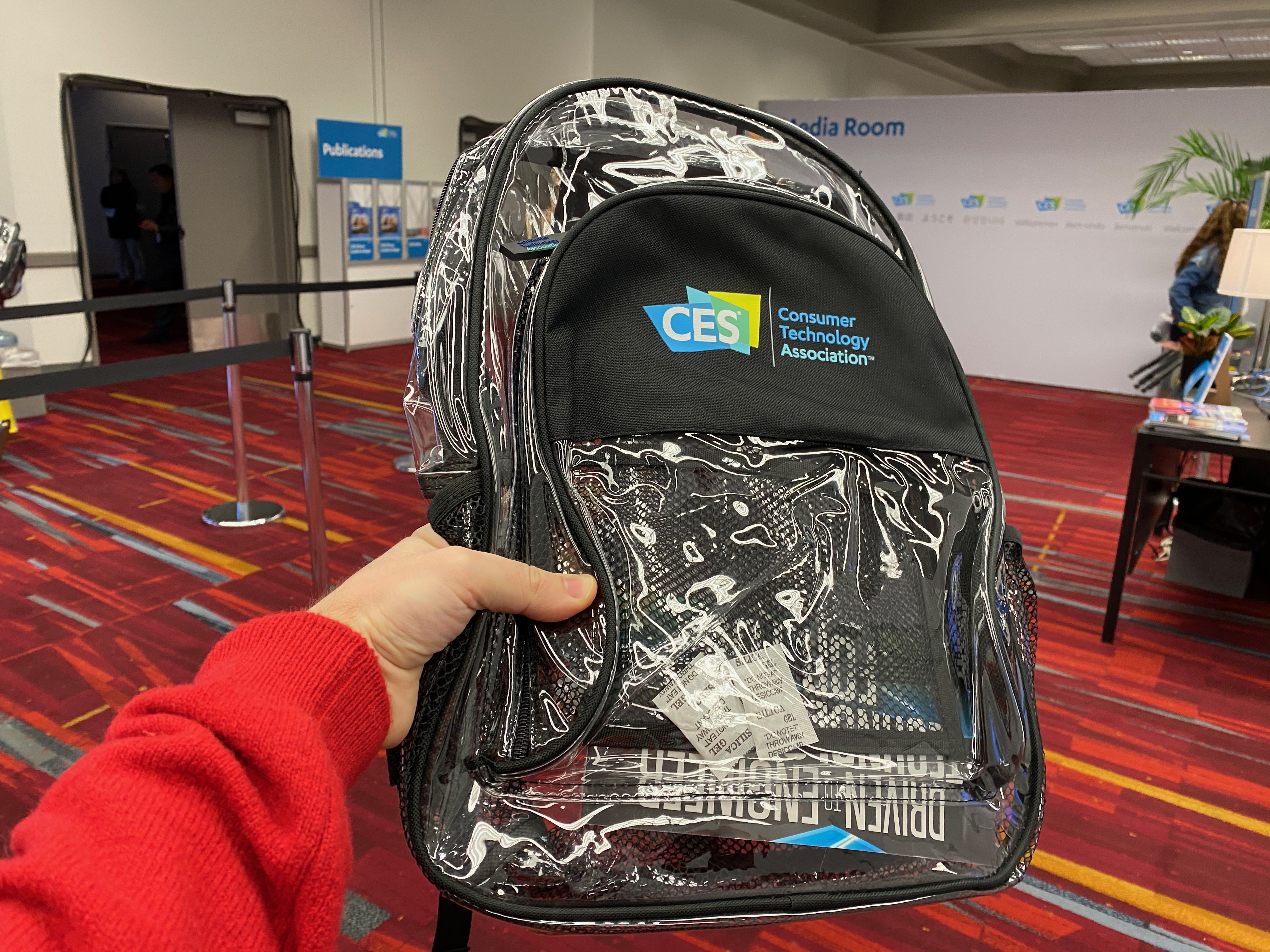
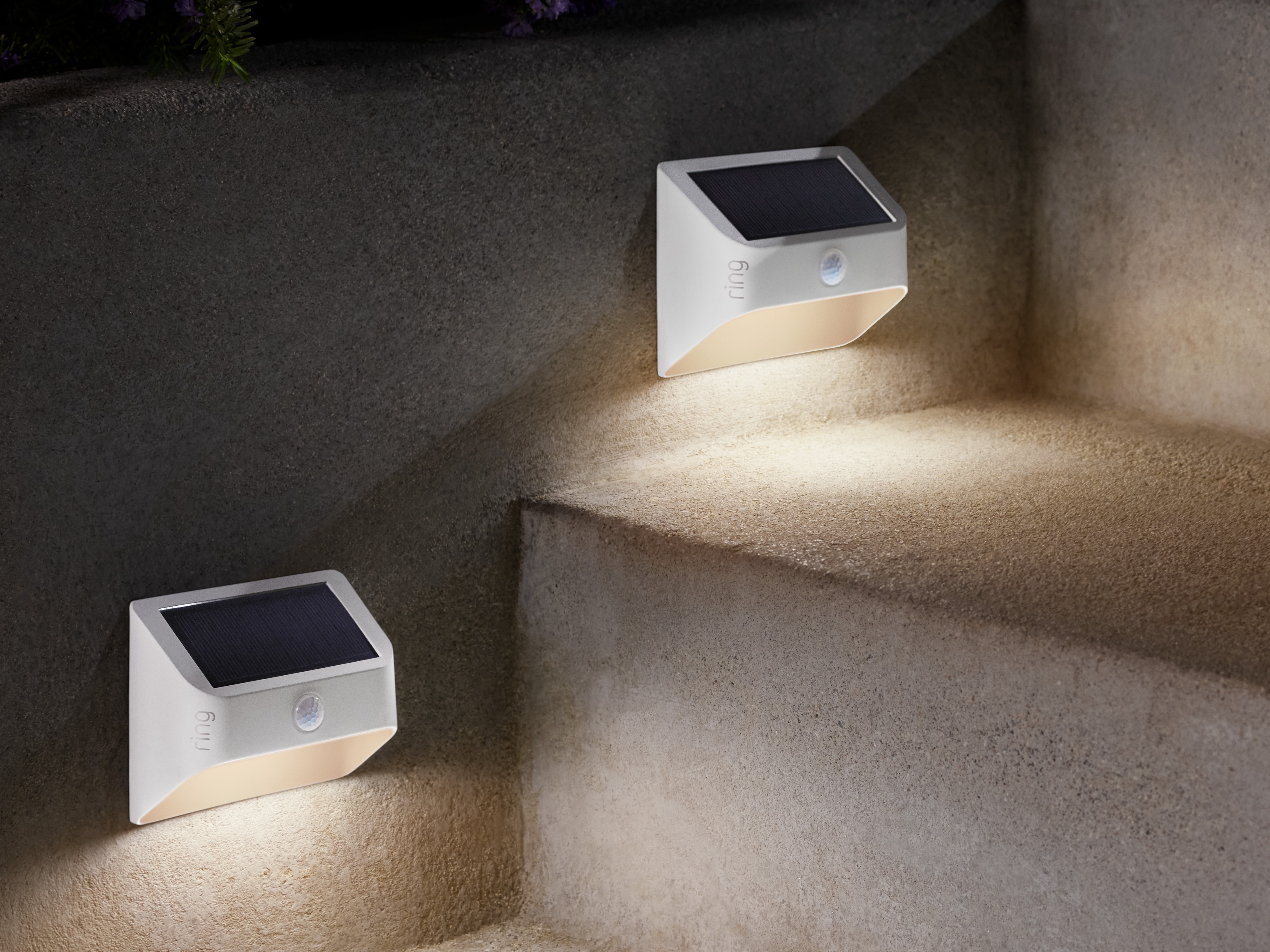
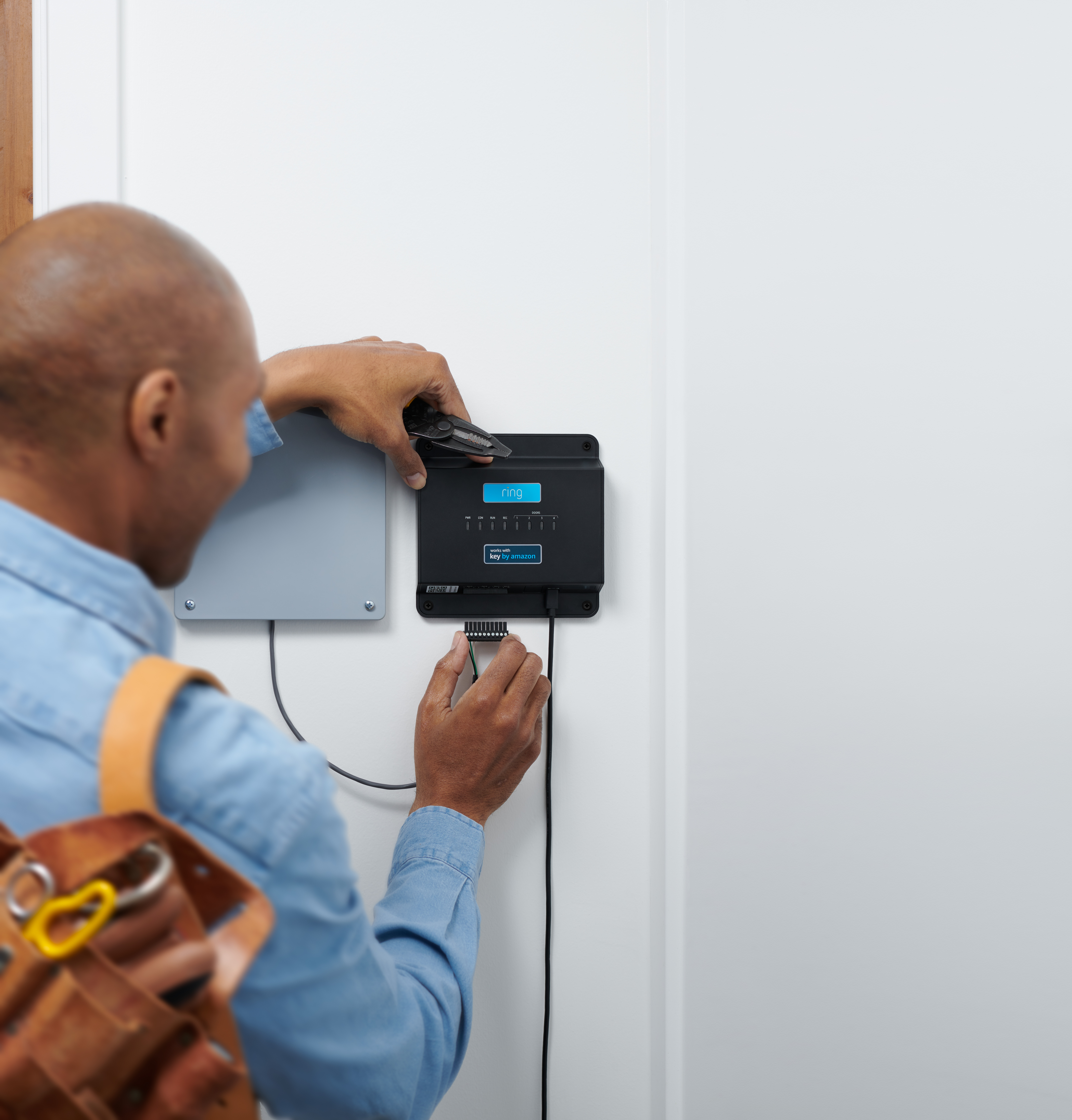

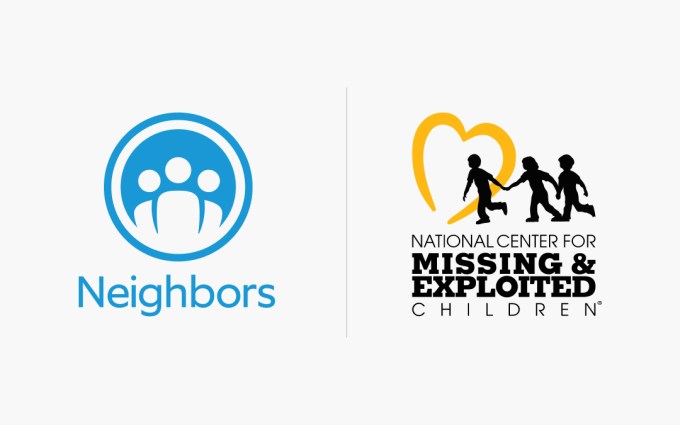 Ring notes it recently helped reunite a family with a missing child in Albuquerque, New Mexico. This particular case, however,
Ring notes it recently helped reunite a family with a missing child in Albuquerque, New Mexico. This particular case, however, 
